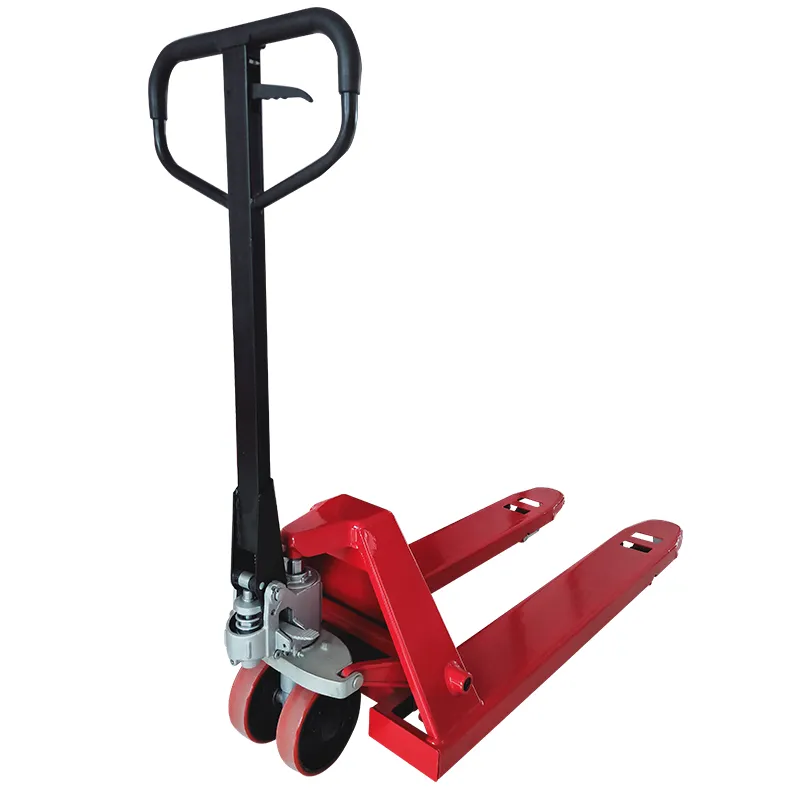


Understanding Dynamometer Crane Scales A Comprehensive Overview
Dynamometer crane scales are essential tools used in various industries for accurate weight measurement of heavy loads. They play a critical role in ensuring safety, efficiency, and precision in lifting operations. This article delves into the functionality, applications, and advantages of dynamometer crane scales.
What is a Dynamometer Crane Scale?
A dynamometer crane scale, often referred to simply as a crane scale, is a device designed to measure the weight of objects that are lifted by a crane. Unlike traditional load cells or scales that may be fixed in place, dynamometer crane scales can be suspended from a hook or platform, allowing them to measure the weight of items that are not stationary. They typically consist of a robust construction that can withstand significant weight and are often equipped with a digital display for ease of reading.
How Does it Work?
The working principle of a dynamometer crane scale is relatively straightforward. The scale is connected to a crane's hook, and when a load is lifted, the scale measures the force exerted by the load due to gravity. This force is then converted into weight measurement through the use of a load cell, which generates an electrical signal corresponding to the weight. The digital display then shows the weight in various units, such as pounds, kilograms, or tons, depending on the settings.
Applications of Dynamometer Crane Scales
Dynamometer crane scales are widely used across numerous industries, including construction, manufacturing, shipping, and material handling. In construction, these scales are often used to lift steel beams, concrete blocks, and machinery, thereby allowing workers to ensure that the loads do not exceed safety limits. In shipping, they help in accurately determining the weight of cargo before loading it onto ships or trucks, thus aiding in proper weight distribution and compliance with regulations.

Moreover, in industrial settings, dynamometer crane scales facilitate the monitoring of material weights during production processes, ensuring that products meet specified standards. Their portability also makes them valuable for on-site measurements in locations where traditional scales may not be practical.
Advantages of Using Dynamometer Crane Scales
One of the main advantages of dynamometer crane scales is their ability to provide immediate and accurate weight readings. This real-time data can significantly enhance operational efficiency, as workers can quickly assess and adjust loads before and during lifting operations. Additionally, the portability of these scales allows for flexible use in varying locations, making them an indispensable asset in mobile or outdoor work environments.
Safety is another crucial benefit. By offering accurate weight measurements, dynamometer crane scales help prevent accidents caused by overloading cranes. This reflects not only the importance of adhering to safe operating procedures but also contributes to the longevity of the lifting equipment by minimizing wear and tear.
Moreover, many modern dynamometer crane scales are equipped with features such as wireless connectivity, data logging, and programmable settings, which improve their functionality and allow for easier integration into existing systems. These advanced features facilitate better data management and operational analysis, further enhancing productivity.
Conclusion
In conclusion, dynamometer crane scales are vital instruments in the world of heavy lifting and material handling. Their ability to provide precise and immediate weight measurements ensures safety and efficiency across various industries. As technology continues to advance, we can expect to see even more sophisticated features in these scales, making them an even more integral part of modern industrial operations. Investing in a reliable dynamometer crane scale is essential for any business that frequently handles heavy loads, ensuring that operations run smoothly, safely, and efficiently.



